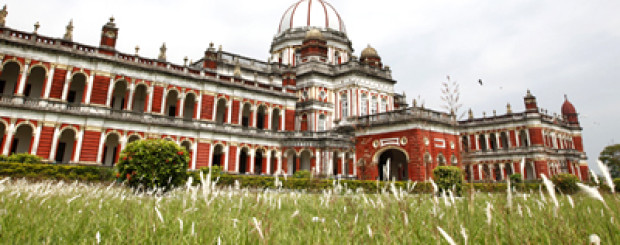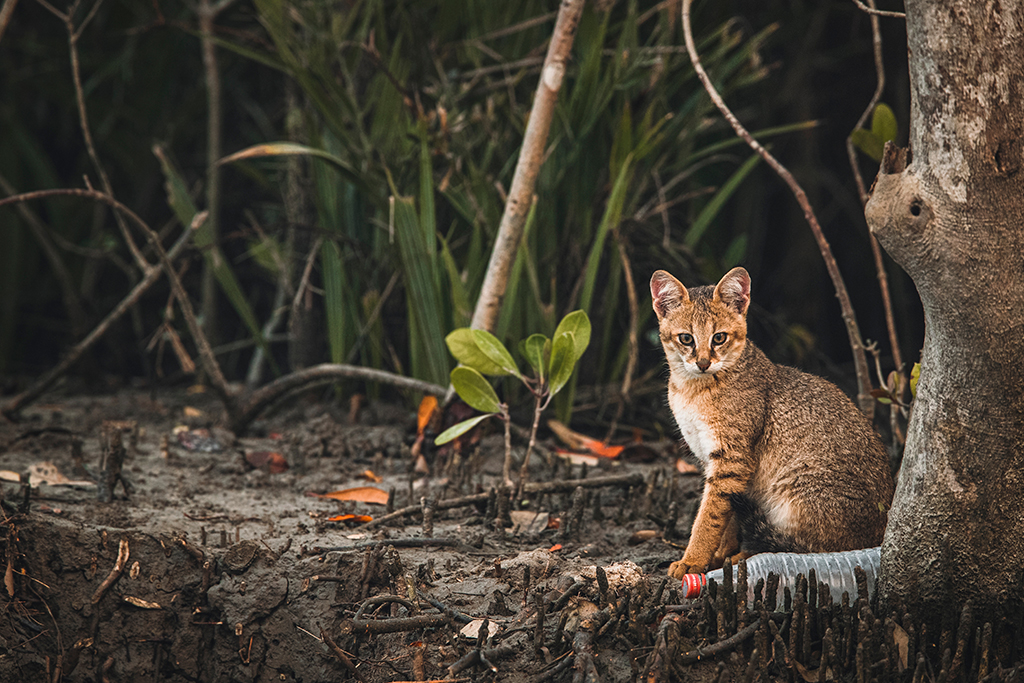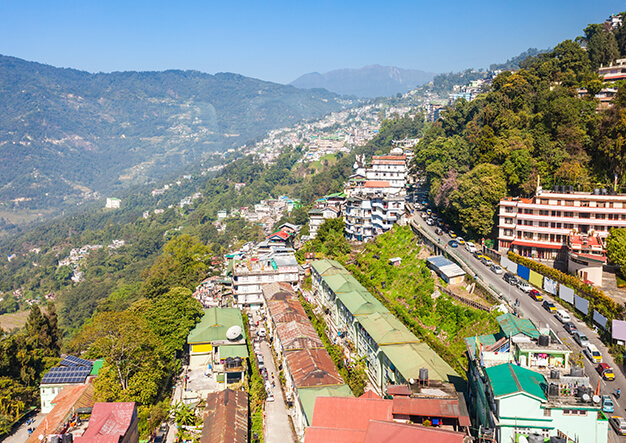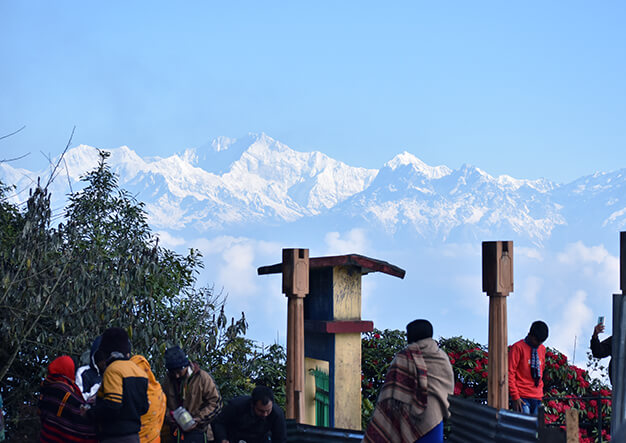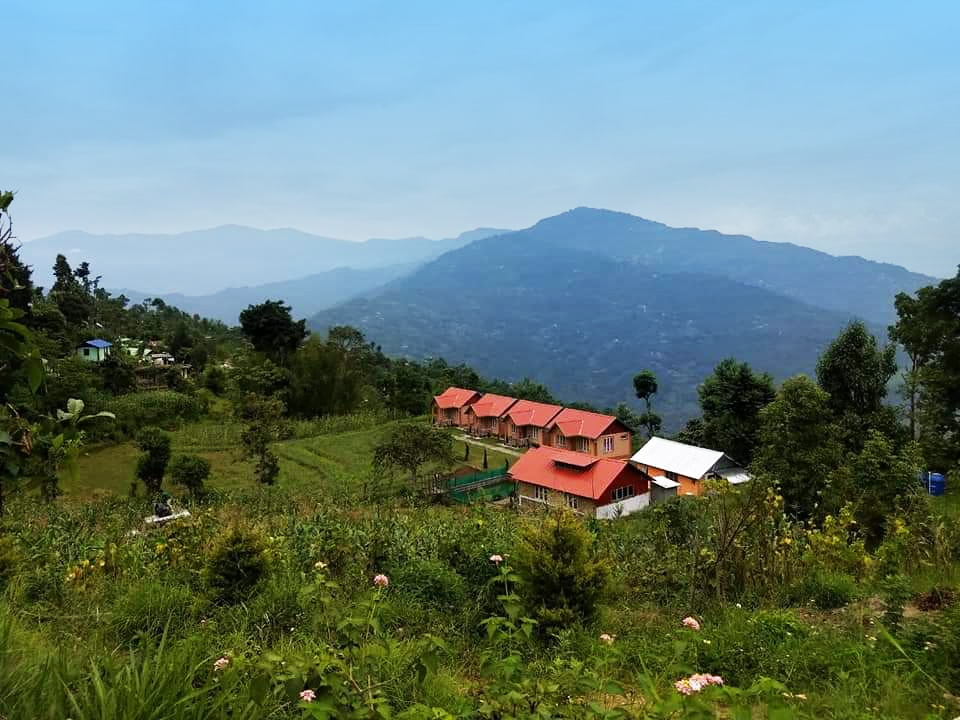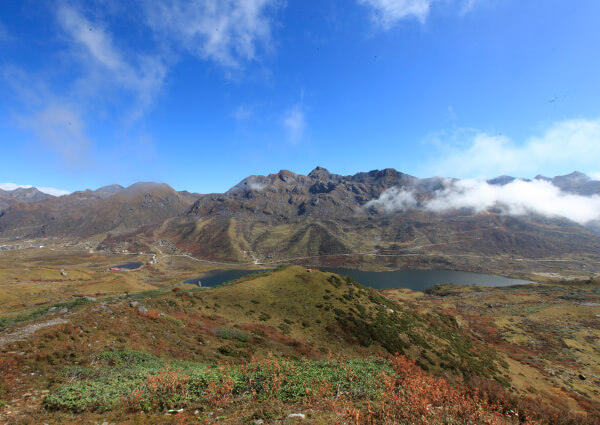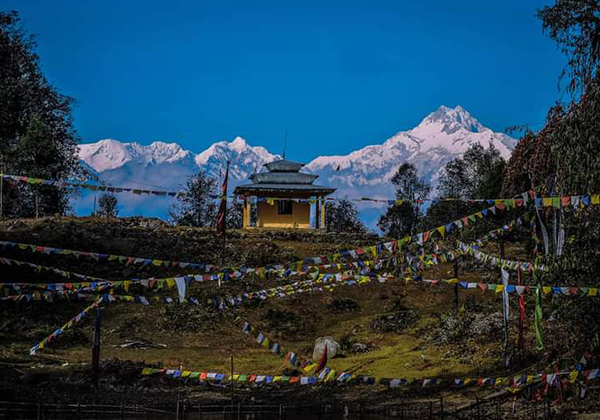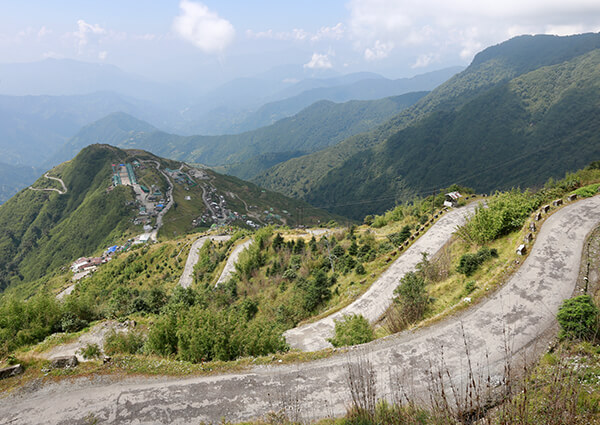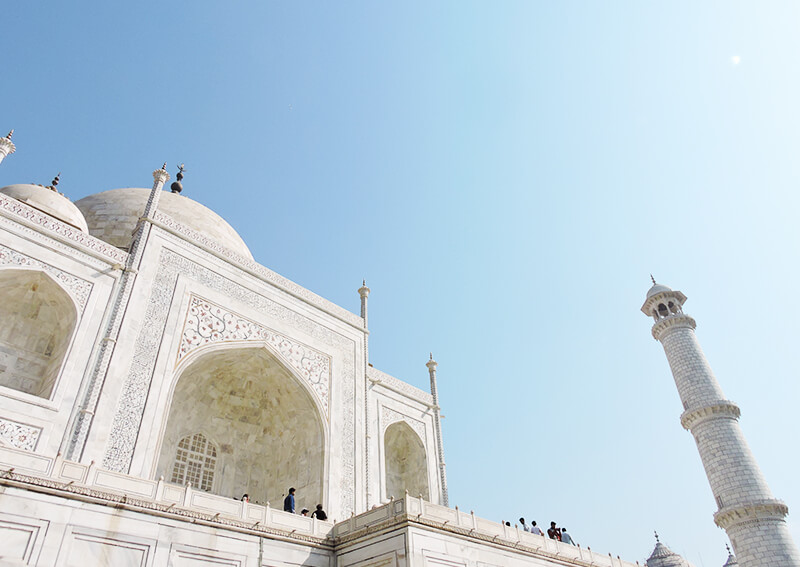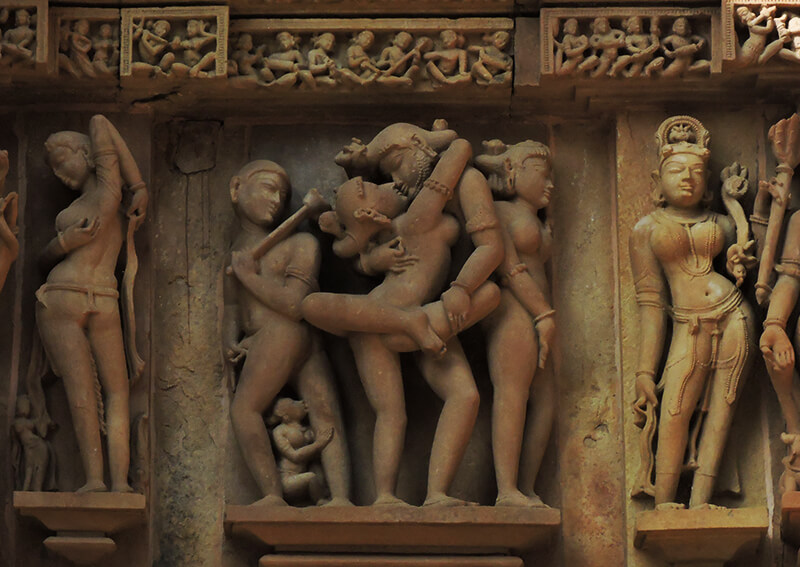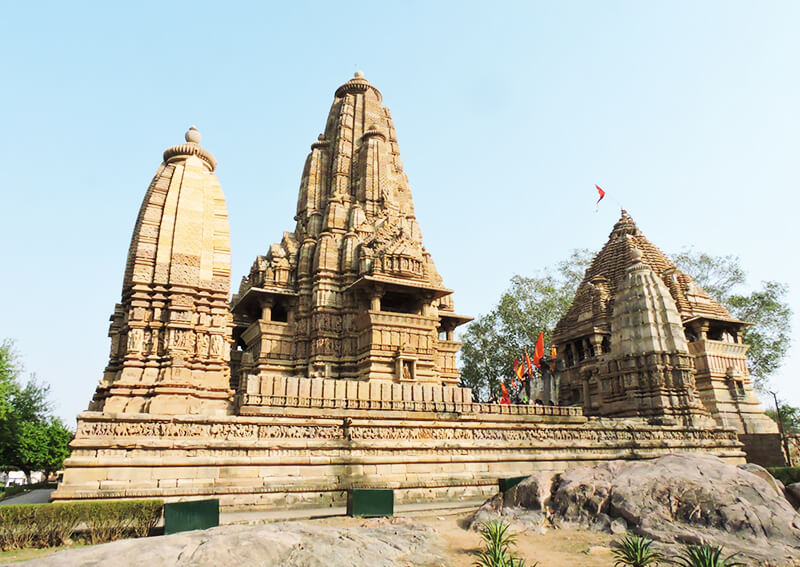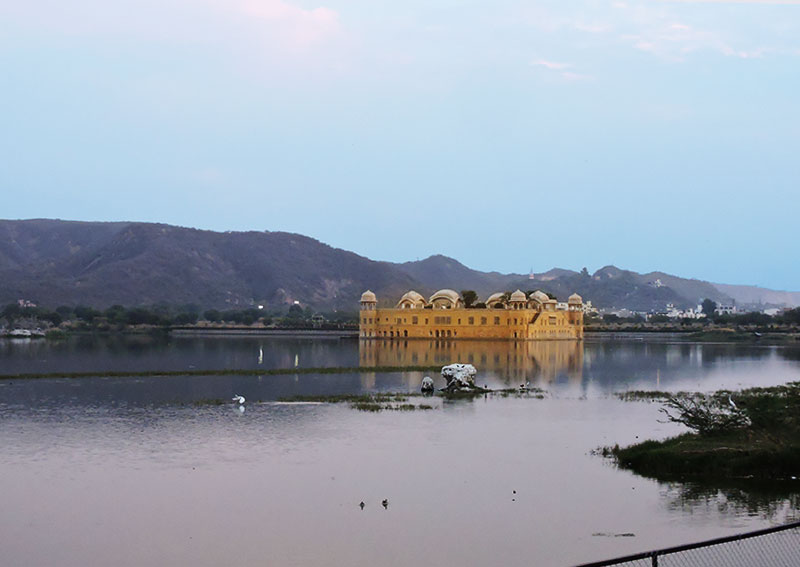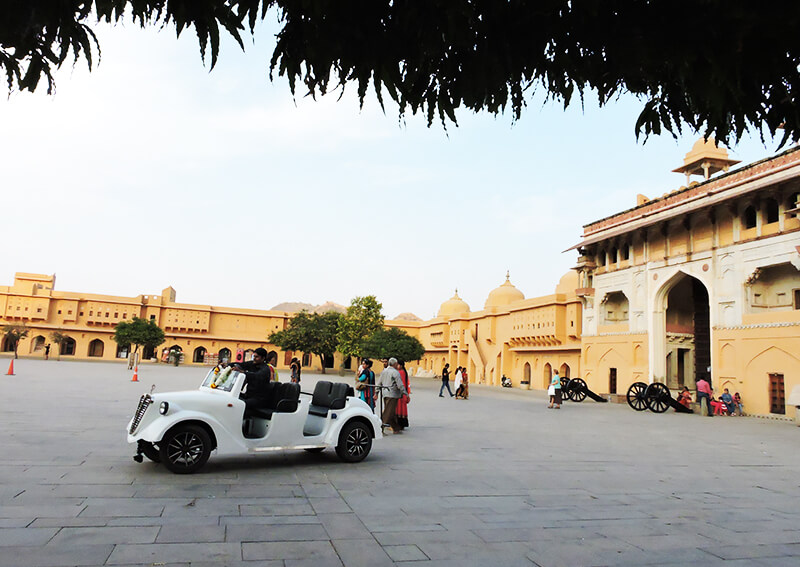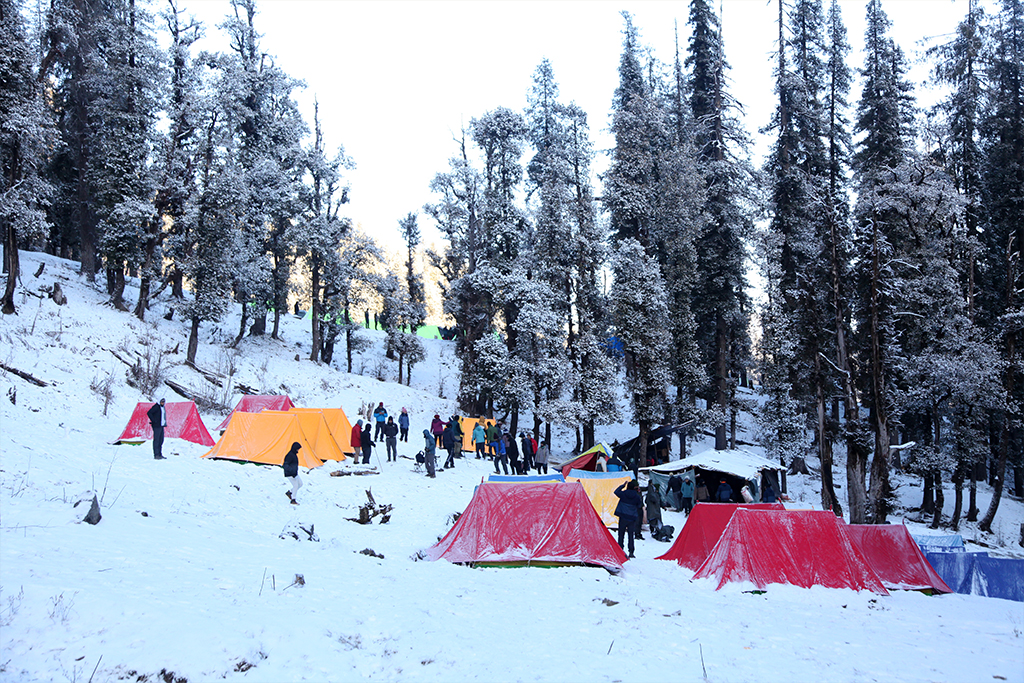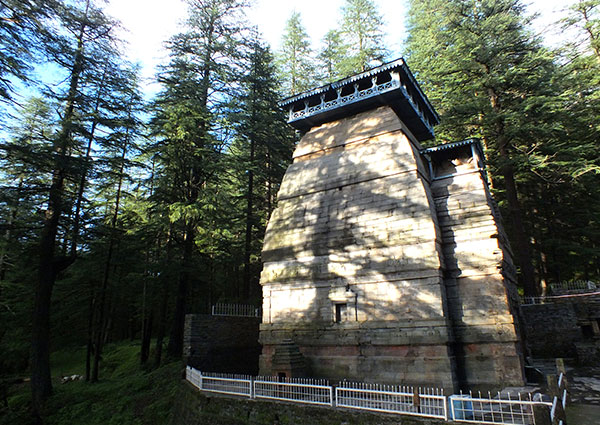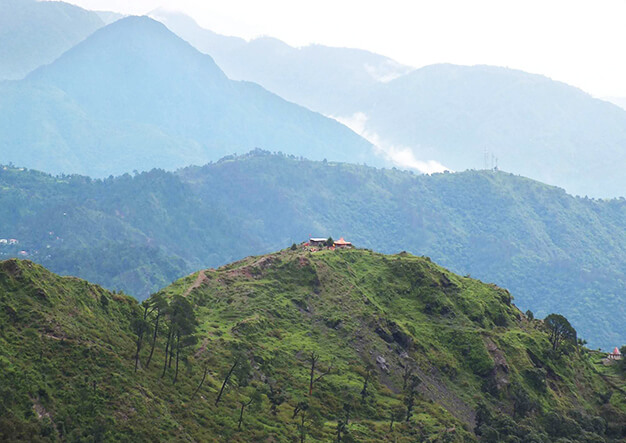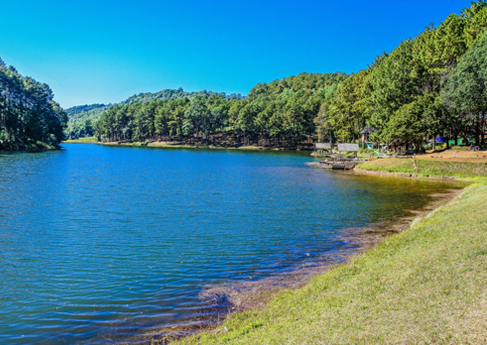Year 1887 – the surge of architectural excellence which was initiated during Italian Renaissance, reached at the northern part of West Bengal – miles away beyond Europe. During the phase from the 15th to the 16th centuries, creating structures evolved as an art. The development of a new architectural form took place at that era of Italian Renaissance, which was referred as the first modern architecture – and gradually it propagated beyond Italy – to France, Germany, Netherland, Russia, even far away. Maharaja Nripendra Narayan of the then “Koch” dynasty, was immensely influenced by this new form of architecture, which led him to construct a palace in the year 1887, which was the Cooch Behar Palace. The marvelous Cooch Behar Palace, now in Cooch Behar district of West Bengal, is a famous place to experience the architectural brilliance of Renaissance era along with its independent historical importance.
According to the historical evidences, during 11th and 12th Century AD, the Pala-Senas ruled Cooch Behar. For the development of the present Cooch Behar, the ancient kingdom of Kamrup territory played a significant role, because it was a part of western part of Kamrup. Most widely accepted view is, Maharaja Viswa Singha was responsible for establishment of an independent ‘Koch’ dynasty in 1510 AD or 1530 AD. Till 1949, Cooch Behar was a Princely State ruled by the Kings of Cooch Behar, who had been the feudatory rulers under British Government. On 20th August, 1949, the king of Cooch Behar conceded full and extensive authority, jurisdiction and power of the state to the Dominion Government of India. Eventually in 1950, Cooch Behar was merged with the province of West Bengal and emerged as a new District in the administrative map of West Bengal.
Structurally, the Cooch Behar palace is slightly projected at the south and northern ends. Being an insignia of classical European architectural style, the palace is raised on a basement of 1.5 metres in height. This double storied building made by bricks, covers an area of 4768.5 square metres, which extends 120 metres from north to south and 90 metres from east to west. The frontal part is comprised of a series of arches resting by an alternate arrangement of narrow and broad piers to hold single and double Corinthian columns respectively.
At the centre, there is an extended portico and main entrance, which are projected to the inside of the palace through the Durbar Hall. The Durbar Hall is dodecagonal or twelve-sided polygon in shape, resting on four arches supported by Corinthian pilasters, resembles the structural form of St. Peter’s Church at Rome. The hall also has a spectacular light window at the top. The interior curve of the dome is embossed with beautiful patterns and circularly flanked by a small elegant balcony with twelve window openings at the base. In the center of the Durbar Hall, the marble floor contains the royal motif of Pietra dura decorative art, formed by highly-polished colored stones.
Inside this royal building, there are more than fifty rooms and halls of varied dimensions, which include the Bed Room, Dressing Room, Billiard Room, Kitchen, Dinning Hall, Dancing Hall, Library, Tosha Khana, Ladies Gallery and Vestibules. The interior wall surface and ceiling of certain rooms are decorated with beautiful paintings.
Besides its crowning glory and royal manifestation, Cooch Behar also has a historical importance. The history of Cooch Behar looks back to the period of the mediaeval and late mediaeval period, which includes sculptures, coins of the Sultanate and the Mughal Periods, temples, mosques etc. A recent excavation at Gosanimari village, which is approximately 13 kilometers away from Dinhata Police Station, unfolds the history of ancient time. The huge heap, now protected by the Archaeological Survey of India, found during the discovery at “Rajpat” of this village, marks the site of the capital of ancient kingdom of Kamrup. The splendor and glory of Rajpat are now ruins. It is believed that, the ancient palatial complex of Kamrup kingdom, including the early Kamteswari temple is lying buried under this mound,
With its elegance and grandeur and protected by the Archaeological Survey of India, the Cooch Behar palace attracts a significant number of visitors each year. The soothing climate and mesmerizing natural beauty of Cooch Behar as a place and its surroundings also lure the nature lovers and tourists vastly.
TAGS: India

